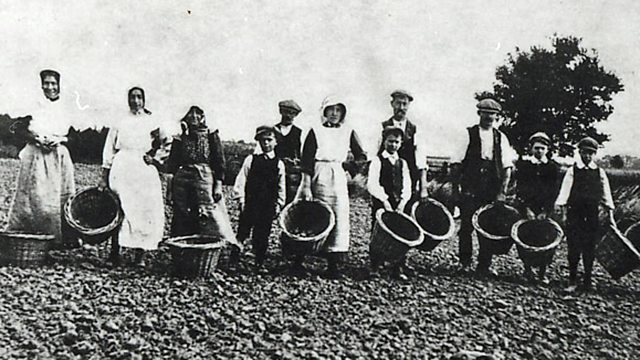The Fens, Lincolnshire: Women and Children Bringing the Harvest in
How Lincolnshire coped with a reduced workforce and horses at war’s peak
The war years saw a drastically reduced workforce for Lincolnshire’s farms. Conscription took many men off the land.
The 1915 Sleaford Agricultural Census gives an insight into the struggle some farmers had. Under the heading Casual Labourers many responded - none to be had.
More farms increasingly relied on women, which led to the creation of the Women’s Land Army in 1917. By the end of that year there were over a quarter of a million women working as farm labourers.
Irish gangs continued to work in Lincolnshire’s fields and children were released from school to help.
It wasn’t only men who left our farms to go to war – horses were also needed on the front line. This was a time when mechanisation had not taken off fully and the numbers of tractors in Lincolnshire were few.
Wheat and oat prices were guaranteed with the introduction of the Corn Production Act of 1915. The rise in potato prices during wartime encouraged growers to increase their yields. By the end of the war thousands of acres of pasture land had been converted to crop growing.
Location: The Fens, Lincolnshire NG34
Image: A ‘potato gang’ (1914), courtesy of Lincolnshire Archives
Duration:
This clip is from
Featured in...
![]()
����ý Lincolnshire—World War One At Home
Places in Lincolnshire that tell a story of World War One
![]()
Home Front Life—World War One At Home
Everyday life in the towns, villages and countryside
![]()
Working for the War
The production boom that fuelled the frontline
More clips from World War One At Home
-
![]()
The loss of HMY Iolaire
Duration: 18:52
-
![]()
Scotland, Slamannan and the Argylls
Duration: 07:55
-
![]()
Scotland Museum of Edinburgh mourning dress
Duration: 06:17
-
![]()
Scotland Montrose 'GI Brides'
Duration: 06:41








